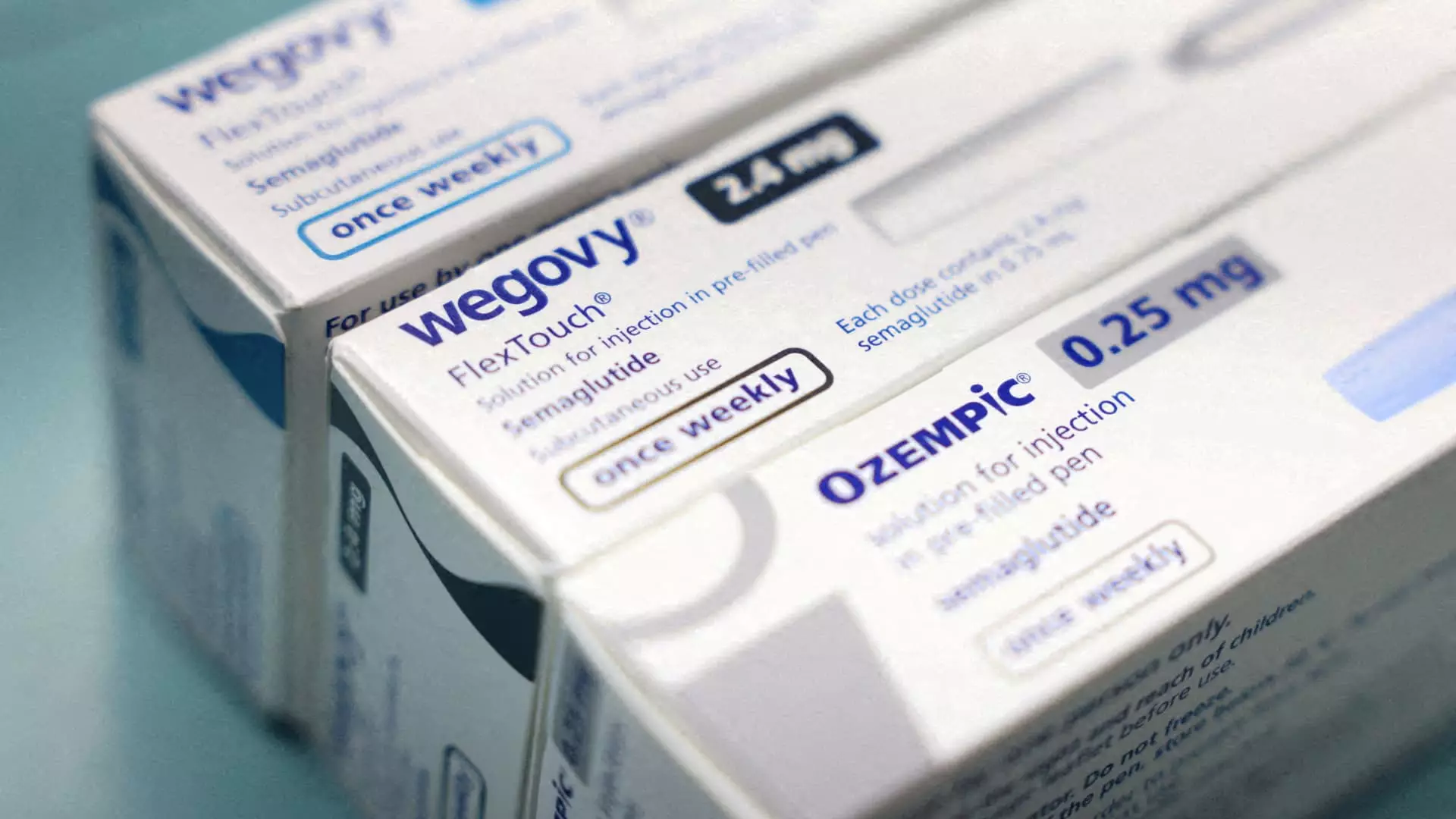The recent announcement by the U.S. Food and Drug Administration (FDA) regarding the resolution of the long-standing shortage of Novo Nordisk’s weight loss injection Wegovy and diabetes medication Ozempic marks a significant milestone in the pharmaceutical landscape. After enduring a shortage for more than two years, the FDA has declared that sufficient supply and manufacturing capabilities are now in place to meet the demands of these popular medications. While this news is a welcome relief for many, it also raises critical questions about the future of compounding pharmacies, the landscape of healthcare provision, and the competitive dynamics within the burgeoning weight loss and diabetes medication market.
Compounding pharmacies have played a crucial role during the shortage, offering unapproved but essential alternatives to patients desperately in need of weight loss and diabetes treatments. The FDA’s decision threatens this lifeline, as it effectively ends the ability of these pharmacies to produce or distribute compounded versions of semaglutide, the active ingredient in both Wegovy and Ozempic. According to the FDA, these pharmacies must cease production within 60 to 90 days. The implications for these establishments are profound; many have seen a surge in demand and profitability during the shortage, and this recent development could undermine their business models almost overnight.
Moreover, this situation stirs a vital conversation around the regulations governing compounding pharmacies. While these non-FDA approved alternatives often provided hopeful solutions during shortages, they also posed safety risks. The FDA’s warning that “no one should have to compromise their health due to misinformation” emphasizes the potential dangers associated with unverified medications. Going forward, it is essential for patients and healthcare providers to prioritize safety and awareness over expedience, especially given the complexity and risks involved with compounded medicines.
Novo Nordisk’s resurgence, signaled by a nearly 5% increase in stock prices, reflects a strategic advantage in the competitive arena of weight loss drugs. The FDA’s declaration aligns with insights projecting the weight loss pharmaceutical market to exceed $150 billion by 2030, making it an essential sector for both Novo Nordisk and its main competitor, Eli Lilly. With the simultaneous resolution of the tirzepatide shortage—a competitor to Novo Nordisk’s offerings—the stakes are higher than ever as these companies vie for dominance.
As Novo Nordisk seeks to reclaim its position, it faces not only a competitive opponent in Eli Lilly but also the broader market pressures intrinsic to rapid growth in therapeutic demand. The FDA’s analysis of Novo Nordisk’s manufacturing capabilities suggests that the company is now well-equipped to meet projected demands, yet it acknowledges that intermittent supply chain disruptions may linger. This complexity highlights the ongoing need for adaptability in manufacturing and distribution strategies, especially as patient needs evolve and grow.
While the resolution of the semaglutide shortage heralds a return to form for Novo Nordisk, it introduces another layer of complexity relating to healthcare accessibility. Current practices show discrepancies in insurance coverage, with many insurers offering plans that include Ozempic while excluding Wegovy from coverage. This inconsistency places an additional financial burden on patients seeking out weight loss therapies, as many may be unable to afford out-of-pocket costs.
The situation begs a reevaluation of how both private and public insurance plans handle weight management therapies. As the prevalence of obesity and diabetes escalates, there is a pressing need for comprehensive insurance solutions that consider the long-term benefits of preventative health measures. Stakeholders across the healthcare continuum—pharmaceutical companies, insurers, regulators, and healthcare providers—must engage in constructive dialogues aimed at harmonizing access to essential medications while maintaining patient safety.
The resolution of the semaglutide shortage encapsulates a crucial turning point in the healthcare landscape. While patients may rejoice at the return of accessibility to these life-altering medications, the fallout for compounding pharmacies, the competitive dynamics between pharma giants, and overall healthcare affordability merits thoughtful consideration. As the industry recalibrates to accommodate these changes, ongoing vigilance will be essential to ensure that patient health remains the central focus amidst shifting market forces. The forthcoming months will provide a critical perspective on how these evolving dynamics shape the future of healthcare delivery for both diabetes and obesity management.

